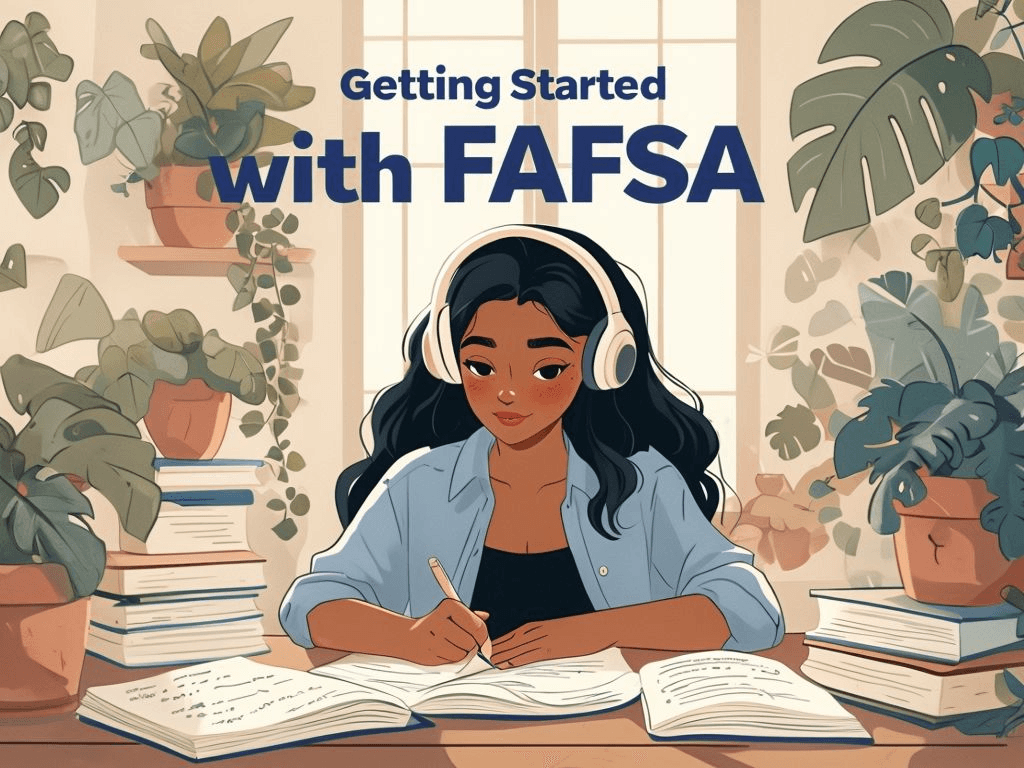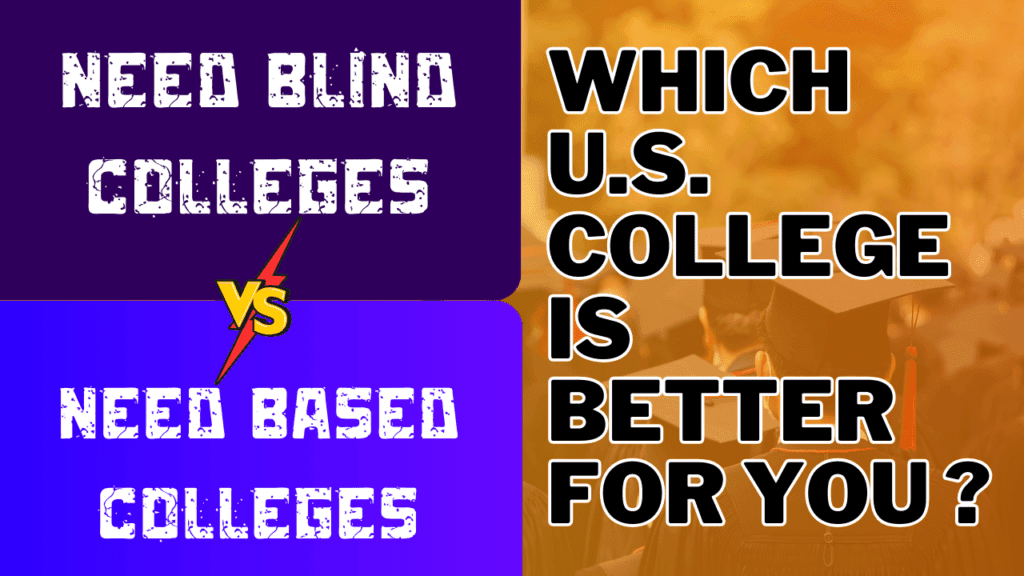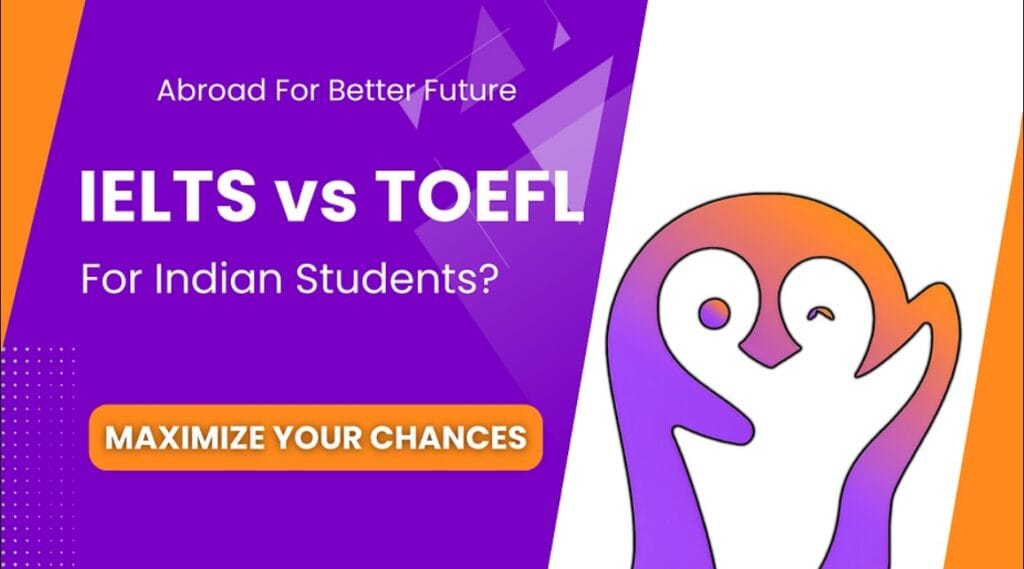Table of Contents of this Study Abroad Blog
Dreaming of studying abroad but worried about the expenses? For countless Indian students, financial constraints are the biggest roadblock to international education. That’s where IFSAA (Indian Financial Student Aid Application) comes in — a game-changing initiative to support Indian students with study abroad funding.
Unlike popular aid systems like the FAFSA in the USA, IFSAA is designed specifically for Indian applicants, simplifying the process of applying for financial aid. It opens the door to scholarships, grants, and low-interest education loans, helping deserving students turn their global education dreams into reality.
In this blog, we’ll break down what IFSAA is, who can apply, how it compares with other aid systems, and how you can use it smartly to maximize your funding.
Let’s get started.
What is IFSAA and Why It Matters
IFSAA Explained
The Indian Financial Student Aid Application (IFSAA) is a centralized financial aid tool for Indian students planning to study abroad. Think of it as India’s answer to the FAFSA, tailored to meet the financial assessment needs of international institutions while factoring in the nuances of Indian family income structures.
Launched by the CollegeBoard India division and supported by several educational partners, IFSAA aims to simplify the funding journey for Indian applicants by offering a single platform for aid applications.
How IFSAA Helps
Provides standardized financial data to universities abroad
Helps determine need-based eligibility for scholarships or grants
Streamlines the paperwork — one application for multiple colleges
Accepted by many US and international institutions that actively recruit Indian students
If you’re eyeing US universities that offer need-based aid, having your IFSAA ready is often part of the application requirement.
IFSAA vs Other Financial Aid Forms
IFSAA vs FAFSA and CSS Profile
While the FAFSA is for U.S. citizens and eligible non-citizens, and the CSS Profile is often used by private U.S. colleges to assess aid needs for international students, the IFSAA is uniquely designed for Indian applicants. Here’s how they stack up:
| Feature | IFSAA | FAFSA | CSS Profile |
|---|---|---|---|
| Target Audience | Indian Students | U.S. Citizens/Residents | International Students |
| Accepted By | Select U.S. Colleges | All U.S. Federal Aid Colleges | Many Private U.S. Universities |
| Documentation Style | India-specific financial docs | U.S.-based financial info required | Detailed international financials |
| Cost to File | Free | Free | ~$25 + per-college fees |
Why Choose IFSAA?
Avoids confusion by using India-relevant formats like ITRs, salary slips, and bank statements.
Increases your chances at schools actively recruiting Indian students with financial aid.
Is often more transparent and accessible for Indian families unfamiliar with U.S. tax documents.
For more information on FAFSA, click on the image!
How to Fill Out the IFSAA Form: Step-by-Step Guide
Step 1: Gather Required Documents
Before you begin, make sure you have:
Parent(s)’ Income Tax Returns (ITR) for the past year
Salary slips or proof of income (if salaried)
Bank statements (last 6–12 months)
Any business ownership records (if applicable)
Property documents (for owned assets)
Investment and loan records (FDs, PPFs, EMIs, etc.)
All these should be in English or translated copies if in another language.
Step 2: Register and Access the IFSAA Portal
Head over to the official IFSAA page on the College Board site:
https://pages.collegeboard.org/ifsaaCreate a student account (if you don’t already have one).
Navigate to the Financial Aid section and select IFSAA.
Step 3: Start Filling the Form
Enter personal details: Full name, contact, school, etc.
Enter family financial data: Parental occupation, income, taxes, assets.
Ensure accuracy — round off to nearest whole numbers and double-check entries.
Step 4: Upload Supporting Documents
Upload all scanned documents (PDF format is preferred).
Make sure they are legible, stamped if needed, and titled clearly.
Step 5: Review and Submit
Review everything in the summary tab.
Once submitted, you cannot edit. So verify before final submission.
Tips:
Use a laptop/PC, not mobile, to avoid glitches.
Don’t wait till the last date – tech issues are common near deadlines.
Have a teacher or counselor review your application if possible.
Top Colleges That Accept IFSAA for Financial Aid
While not every US college accepts the IFSAA, a growing number are now welcoming it as a way to support Indian applicants from varied economic backgrounds. Here are some top schools that do:
1. Columbia University (via CSS Profile + IFSAA supplement)
Columbia is need-aware for international students but considers strong IFSAA documentation seriously while awarding generous aid packages.
2. Amherst College
A fully need-blind and need-based college for all students, Amherst uses IFSAA as part of its effort to reach underrepresented global applicants.
3. Yale University
Yale asks for CSS Profile but allows students from low-income backgrounds to submit IFSAA if filing CSS is a financial burden.
4. NYU Abu Dhabi
This branch of NYU is more accessible to Indian students and uses IFSAA for evaluating aid eligibility in special cases.
5. Trinity College (CT)
Encourages Indian students to apply using IFSAA, especially if they cannot afford the CSS Profile fee.
Pro Tip: Always check with the college’s financial aid office via email to confirm they accept IFSAA for the current admissions cycle.
Important Link:
Full IFSAA School List (if available via College Board or school websites – best to contact directly): https://pages.collegeboard.org/ifsaa
Common Mistakes to Avoid When Using IFSAA
While IFSAA makes financial aid more accessible, Indian students often make mistakes that can hurt their chances. Let’s go over a few and how to avoid them:
1. Submitting Incomplete Information
One of the most frequent issues is leaving out bank statements, income proof, or tax returns. Incomplete documents often lead to aid denial or unnecessary delays.
2. Missing College Deadlines
Even if you submit the IFSAA form, missing a school’s financial aid deadline means you might not be considered. Each college has its own priority date—track it closely!
3. Not Translating Documents
If your family’s income documents are in a regional language, be sure to translate them into English and get them notarized. Many applicants overlook this and face rejections.
4. Confusing IFSAA with CSS Profile
Some students assume IFSAA is accepted everywhere, but many top schools still require the CSS Profile or both. Double-check the school’s financial aid page before deciding which form to fill.
5. Overreporting or Underreporting Assets
Be honest. If you exaggerate or hide information, it may disqualify your application. Colleges cross-check documentation if something seems off.
How to Combine IFSAA with Other Funding Sources
IFSAA can be powerful, but it works best when used alongside other aid options. Here’s how Indian students can optimize their financial strategy:
1. Pair IFSAA with Institutional Aid
Many universities that accept IFSAA also offer university-specific scholarships. After submitting your IFSAA form, check if the school requires separate scholarship applications.
2. Look for External Scholarships
Many Indian and international foundations offer scholarships that work alongside IFSAA-based aid. Examples include:
Inlaks Shivdasani Foundation: https://www.inlaksfoundation.org
Narotam Sekhsaria Foundation: https://pg.nsfoundation.co.in
KC Mahindra Scholarships: https://www.kcmet.org/what-we-do-Scholarship-Grants.aspx
3. Consider Education Loans as a Last Resort
IFSAA is designed to reduce your out-of-pocket cost, but if there’s a funding gap, Indian education loans (like from HDFC Credila or SBI Scholar Loans) can be used. Just ensure your IFSAA award is finalized first.
4. Use a Funding Tracker
Keep a spreadsheet to track your IFSAA status, scholarship submissions, deadlines, and responses. Organization is key when juggling multiple funding sources.
Conclusion: Navigating IFSAA for a Smoother Financial Aid Process
The Indian Financial Student Aid Application (IFSAA) is a valuable tool for Indian students seeking financial assistance for their studies abroad. By ensuring you provide accurate information, meeting deadlines, and combining IFSAA with scholarships and loans, you can maximize your chances of receiving financial aid. It’s all about being thorough and strategic in your approach.
The process may seem daunting at first, but breaking it down into manageable steps and understanding how the system works can make a significant difference. With proper preparation and organization, you can secure the necessary funding to make your dream of studying abroad a reality.
Remember to utilize the various funding sources available to you, and don’t hesitate to reach out to the financial aid office of your chosen institutions for any assistance.
FAQ:
1. How do I fill out the IFSAA form correctly?
Be sure to include all required documents such as bank statements, proof of income, and tax returns. Double-check for accuracy and ensure everything is translated into English if necessary.
2. What happens if I miss the IFSAA deadline?
Missing the deadline can delay or disqualify your application. Always make a note of the university’s financial aid deadlines and submit your form ahead of time.
3. Can I apply for IFSAA if I’ve already been accepted into a college?
Yes, you can apply for IFSAA at any point during your application process, but some universities may require it to be submitted before you’re considered for financial aid.
4. Can I combine IFSAA with other scholarships or loans?
Absolutely! Combining IFSAA with institutional scholarships, external funding, or education loans can significantly reduce your financial burden.
5. Is IFSAA available for all universities?
No, IFSAA is only accepted by certain universities. Be sure to check the university’s financial aid page to confirm if they accept the form.
Abroad For Better Future is a study abroad community for Indian students.
We don’t ask MONEY for the information we provide. We aim to help other Indian students in fulfilling their study abroad dreams by providing the right info. If you are a prospective Indian student, you can join our cohorts (WhatsApp groups, it’s FREE) to get access to:
Fill up this form and we will let you know if you are abroad. And if you know anyone interested but confused about how to go abroad, kindly refer us. We would really appreciate your support.
In case you are in doubt about Can You Beat the High Cost of AP Exams?
Feel free to read this: Guide to Indian Government Scholarships for Studying Abroad After 12th Grade
Hope your study abroad dreams get fulfilled and you stay connected with family for Indian students
Get your personalized study plan today!
Book Free Session











